
Uber Technologies (UBER) explosive growth and constant controversy made it one of the most fascinating companies to emerge over the past decade. The firm, founded in 2009, soon grew to become the highest valued private startup company in the world.
- Rapid Growth
With Uber's rapid growth came many controversies that knocked down the firm's valuation from a lofty $70 billion to $48 billion in its Jan. 2018 funding round. On May 23, 2018, the company announced a new tender offer that would bump the company's value to $62 billion.
Earlier in 2018, Japanese conglomerate Softbank Group, along with a group of investors including Dragoneer Investment Group, successfully bid for 20% of Uber's stock at this lower valuation, a 30% discount of the last valuation figure. The deal reportedly gave Softbank 15% in the rideshare company while Uber got a powerful ally in Asia, and could help turn the tide for the company after a few very public missteps. The remaining 5% of shares reportedly went to other investors in the group. The year hasn't been all great, though, as a self-driving Uber vehicle was involved in a fatal crash. Additionally, on August 8, 2018, the New York City Council voted to put a pause on new licenses issued to ride-hailing services such as Uber and Lyft.
Despite the lower valuation, Uber today is valued more than the market cap of Ford Motor Company (F) and General Motors Company (GM). It will be interesting to see how the company's plan of going public by 2019 plays out.
In January 2020, Uber acquired Careem for $3.1 billion. In the same month, Uber sold its Indian Uber Eats operations to Zomato, purchasing 9.99% of Zomato.
On May 5, 2020, during the COVID-19 pandemic, Uber announced plans to layoff 3,700 employees, around 14% of its total workforce. On May 18, 2020, 3,000 more job cuts and 45 office closures were announced.
- Founders Meet in Paris
Uber’s story began in Paris in 2008. Two friends, Travis Kalanick and Garrett Camp were attending the LeWeb, an annual tech conference the Economist describes as “where revolutionaries gather to plot the future".
In 2007, both men had sold startups they co-founded for large sums. Kalanick sold Red Swoosh to Akamai Technologies for $19 million while Camp sold StumbleUpon to eBay (EBAY) for $75 million.
Rumor has it that the concept for Uber was born one winter night during the conference when the pair was unable to get a cab. Initially, the idea was for a timeshare limo service that could be ordered via an app. After the conference, the entrepreneurs went their separate ways, but when Camp returned to San Francisco, he continued to be fixated on the idea and bought the domain name UberCab.com.
- UberCab Takes Shape
In 2009, Camp was still CEO of StumbleUpon, but he began working on a prototype for UberCab as a side project. By summer of that year, Camp had persuaded Kalanick to join as UberCab’s ‘Chief Incubator’. The service was tested in New York in early 2010 using only three cars, and the official launch took place in San Francisco in May.
Ryan Graves, who was Uber's General Manager and an important figure in the early stages of the company, became CEO of Uber in August 2010. In December 2010, Kalanick took over again as CEO, while Graves assumed the role of COO and board member.
The ease and simplicity of ordering a car fueled the app’s rising popularity. With the tap of a button, a ride could be ordered; GPS identified the location, and the cost was automatically charged to the card on the user account. In October 2010, the company received its first major funding, a $1.25 million round led by First Round Capital.
- Cease-and-Desist Order
In October 2010, the company received a cease-and-desist order from the San Francisco Municipal Transportation Agency. One of the main issues cited was the use of the word “cab” in UberCab’s name. The startup promptly responded by changing the name UberCab to Uber and bought the Uber.com domain name from Universal Music Group.
- Uber Discloses Losses
2011 was a crucial year for Uber’s growth. Early in the year, the company raised an $11 million Series A round of funding led by Benchmark Capital and it went on to expand to New York, Seattle, Boston, Chicago, Washington D.C. as well as abroad in Paris. In December at the 2011 LeWeb Conference, Kalanick announced that Uber raised $37 million in Series B funding from Menlo Ventures, Jeff Bezos, and Goldman Sachs . In 2012, the company broadened its offering by launching UberX, which provided a less expensive hybrid car as an alternative to black car service. In June 2016, Uber raised $3.5 billion from Saudi Arabia's Wealth Fund.
Uber is not public and isn't required to report its earnings publicly, but in April 2017, Uber opened up about its finances for the first time to Bloomberg and reported a global loss of $3.8 billion for 2016. This includes losses from its China business, which it sold in the summer of 2016 — without it, net adjusted losses were $2.8 billion. The company also told Bloomberg that the more it shifts to its UberPool — the carpooling service — the faster the revenue grows, and this shift made the fourth quarter of 2016 a little brighter with a revenue increase of 76%, while losses increased 5%.
- Surge Pricing Backlash
Uber uses an automated algorithm to increase prices based on supply and demand in the market. On New Year's Eve 2011, prices soared to as much as seven times standard rates, fueling negative feedback from users. Surge pricing triggered outrage again during a snowstorm in New York in December 2013. More recently Uber committed to capping surge pricing during several blizzards in New York City.
- Competition from Lyft
Competition has been ferocious between Uber and its closest rival Lyft. In 2014, both Uber and Lyft claimed that drivers and employees engaged in sabotage by regularly hailing and canceling rides on each other’s services. Kalanick also openly admitted to trying to undermine Lyft’s fundraising efforts in a Vanity Fair article. (For more, see: Key Differences Between Uber and Lyft)
- Additional Services
Uber has a merchant delivery program for food deliveries called Uber Eats. Uber also offers UberPool, which allows drivers to pick up multiple riders on one scheduled ride, which makes it a cheaper option compared to UberX and UberBlack. In 2017, the company in partnership with Barclays has rolled out a co-branded rewards credit card in the U.S. The Uber Visa Card reportedly will be free and come with a $100 starting bonus. It would also offer cashback on spending including dining, airfares, and certain online transactions.
On July 9, 2018, it was announced Uber is investing in the electric scooter rental company, Lime, in collaboration with Alphabet Inc.'s Google Ventures (GOOG). Lime was founded in 2017 and has raised $467 million thus far. These lightweight scooters are available for rent all over cities, as customers leave them on the sidewalk for the next rider, making for a convenient and clean energy-based business model. The deal is part of a $335 million investment round, and the business is valued at $1.1 billion. Uber plans to promote Lime through its app and brand its own logo on the scooters. Uber made similar efforts with the startup JUMP Bikes before acquiring the business for reportedly close to $200 million in April 2018.
- The Bottom Line
Like Google, Apple Inc. (AAPL), and Tesla Motors (TSLA), Uber is also gearing up for a future of driverless cars. The company is currently planning to get a permit for its self-driving cars in California. However, the road has been bumpy so far, especially since Alphabet Inc's (GOOG) Waymo sued Uber for theft of self-driving technology, not to mention the ousting of its own founder and CEO. Uber hit perhaps its worst snag yet in March 2018, when a self-driving car fatally struck a pedestrian, causing the company to temporarily suspend all testing. In May 2018, Uber announced that it would halt its Arizona testing program but would conduct it elsewhere. In July 2018, Uber's self-driving cars made their return in Pittsburgh. Time will tell if Khosrowshahi can turn it around.
- Multiples of Uber’s base rates
In January of 2020, Uber has released a new test feature in select California service areas to enable drivers at the Santa Barbara, Sacramento, and Palm Springs airports to set a fare based on a multiple of Uber’s base, time, and distance rates for UberX and UberXL trips
Source: Investopedia







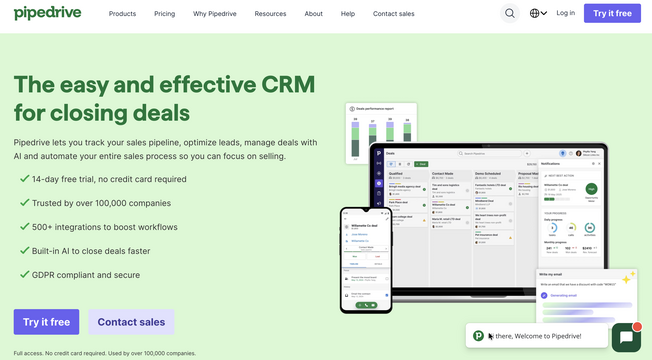
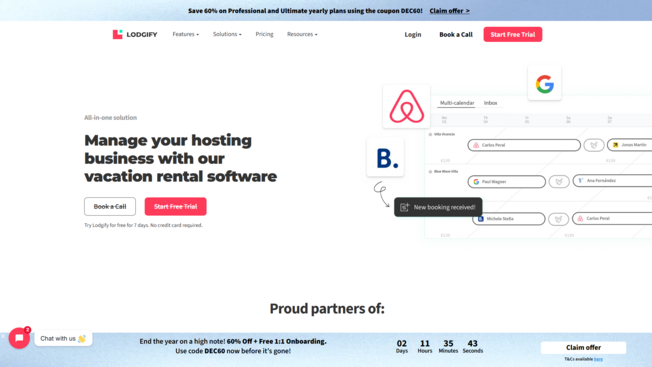
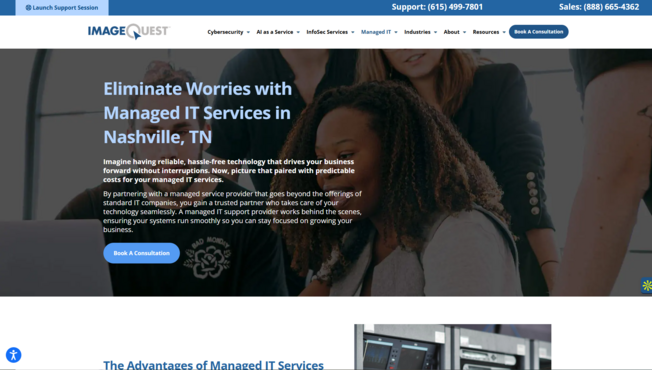
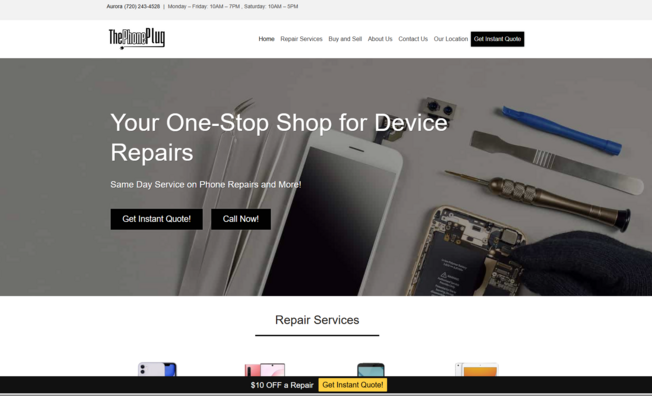
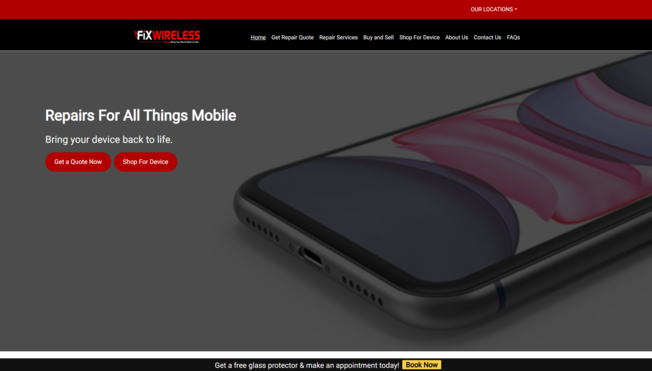
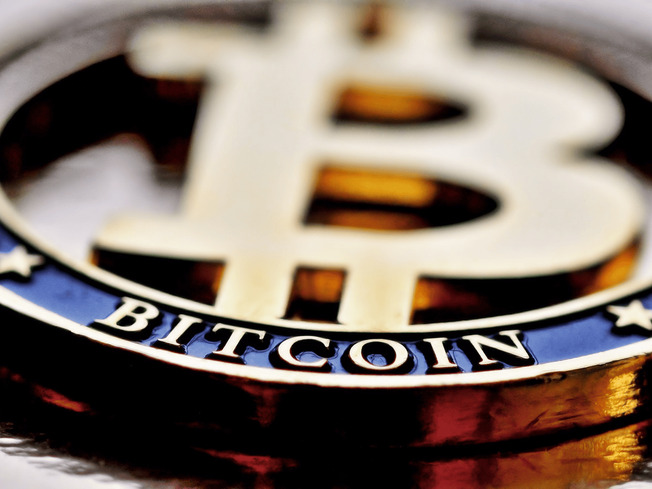


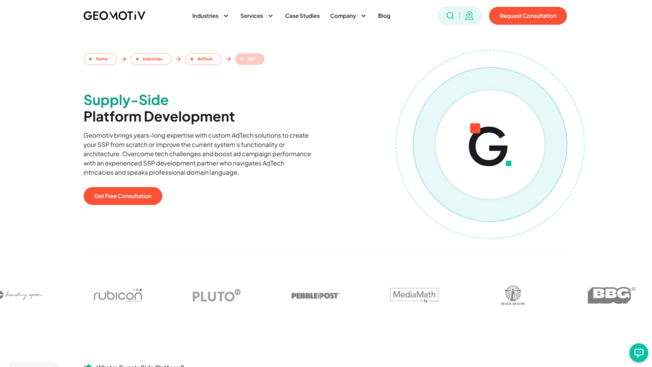
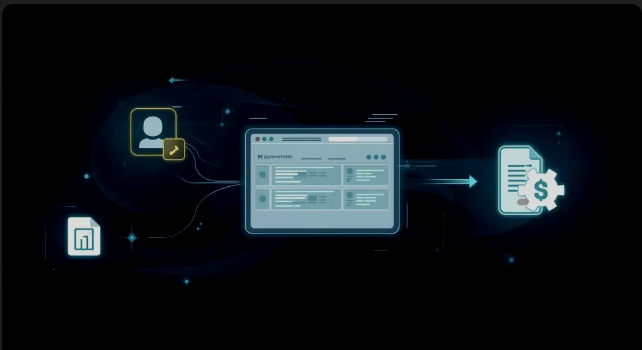
Leave a Reply